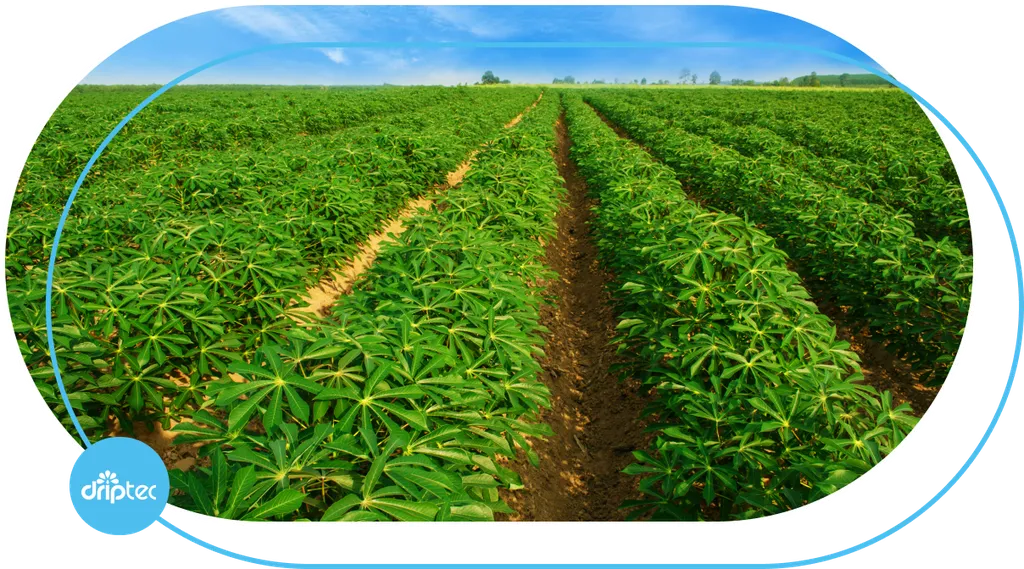In the heart of tropical regions, where rainfed agriculture has long been the norm, farmers face an increasingly uncertain future. Prolonged dry seasons and erratic rainfall patterns are taking a toll on cassava yields, a staple crop for millions. But a recent study published in the *Journal of Global Innovations in Agricultural Sciences* (translated from Indonesian as *Journal of Global Innovations in Agricultural Sciences*) offers a glimmer of hope, demonstrating how a semi-automated drip irrigation system can significantly boost water productivity and tuber yield, even in rainfed conditions.
The research, led by Muhammad Hasbi, focuses on the Gajah cassava variety, a crucial crop for small-scale farmers in semi-arid and hilly areas. The study compares two planting strategies: one involving early dry-season planting with supplemental drip irrigation during the vegetative phase, and another using conventional rainy-season planting without irrigation. The results are striking. The irrigated treatment (P1) achieved a 42.4% higher yield and a 34% improvement in water use efficiency (WUE) compared to the conventional method (P2).
“These findings underscore the potential of precision agriculture to transform rainfed cropping systems,” Hasbi explains. “By integrating planting schedules with seasonal rainfall patterns and targeted irrigation, we can enhance resource efficiency and crop resilience.”
The semi-automated drip irrigation system used in the study is powered by a combination of solar panels and grid electricity, making it a scalable and cost-effective solution for small-scale farmers. This innovation is particularly relevant for the energy sector, as it highlights the synergy between renewable energy and agricultural productivity. The system’s efficiency is evident in the fact that supplemental irrigation accounted for only 2.84% of the total water input, yet it significantly mitigated early drought stress and supported initial crop growth.
The commercial implications of this research are substantial. As climate change continues to disrupt traditional farming practices, the demand for sustainable and efficient agricultural technologies is expected to rise. The semi-automated drip irrigation system offers a viable solution that can be adapted to various agroecological zones, potentially revolutionizing rainfed agriculture.
Moreover, the study’s findings suggest that future developments in the field should focus on refining irrigation protocols for different cassava growth stages and assessing the long-term effects of such interventions across diverse environments. This integrated approach not only improves resource efficiency but also contributes to climate-smart agriculture, ensuring sustainability in water-limited environments.
As the world grapples with the challenges of climate change and food security, innovations like the semi-automated drip irrigation system provide a beacon of hope. By enhancing water productivity and tuber yield, this technology has the potential to empower small-scale farmers, boost agricultural output, and drive economic growth in tropical regions. The research led by Muhammad Hasbi, published in the *Journal of Global Innovations in Agricultural Sciences*, marks a significant step forward in the quest for sustainable and resilient agriculture.

